Back in 2000, when I was making some feeble attempts to return to medium format, I had a few choices regarding cameras suitable for me. Obviously, one of the best was the Rolleiflex TLR, but the cost and the purpose of buying an expensive camera put me off this excellent piece of technology, at the time. I became the owner of this camera model a bit later, getting two of them actually, a 2.8F and a 3.5E. Still have them, beautiful things they are.
Anyways, at the time I borrowed a Seagull 4A from a friend of mine, and while it was an interesting camera, I found it a bit quirky mainly because of the dim focusing screen. Then, in 2001, visited a shop in Brighton, while on a weekend break. There, a neat and very portable Kodak 66 folder was just waiting for me. Cheap and in good condition, looked nice, so I got it for the price of a couple of pints.
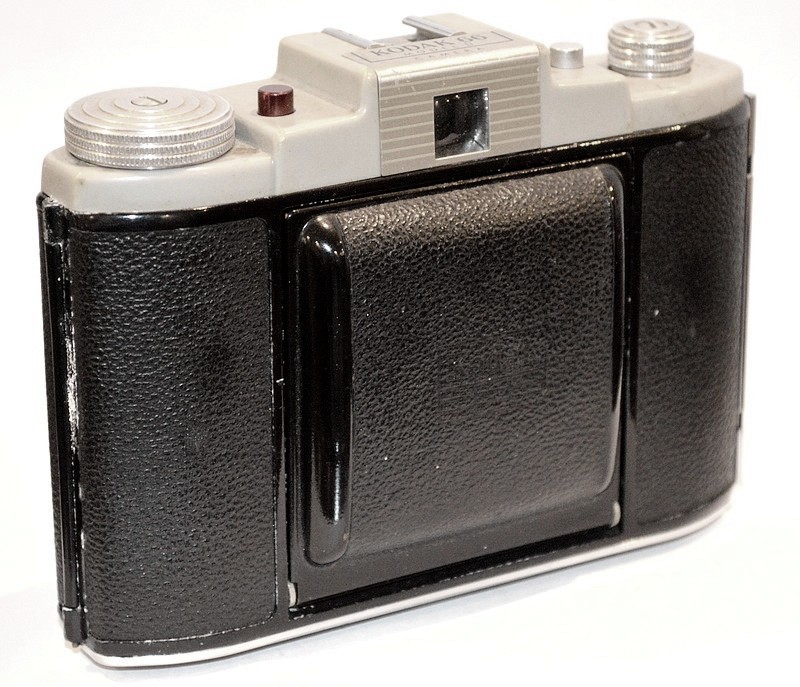
Actually, this camera is the 2nd model (model II) of the Kodak 66’s line, produced between 1958 and 1960. From what I’ve learned, it was Kodak’s only post-war folder for type 120 film; there was never a model I, and this model II was followed by model III. Anyways, this 75mm lens is a Kodak Anaston 6.3, and this is one of the two lenses that came with the model, the other being 4.5.
The shutter speeds are not in abundance (B, 1/25, 1/75, 1/200), but this is ok if you use the right film, I guess; the whole thing is set in a Vario clockwork. Apertures range from 6.3 to 22, but if you take the slider beyond 22 it gives what I believe to be an even smaller opening (functionally, it would appear to go beyond 22). The camera takes (obviously) 120 film, and it shoots it in 12 frames, in 6×6 format.
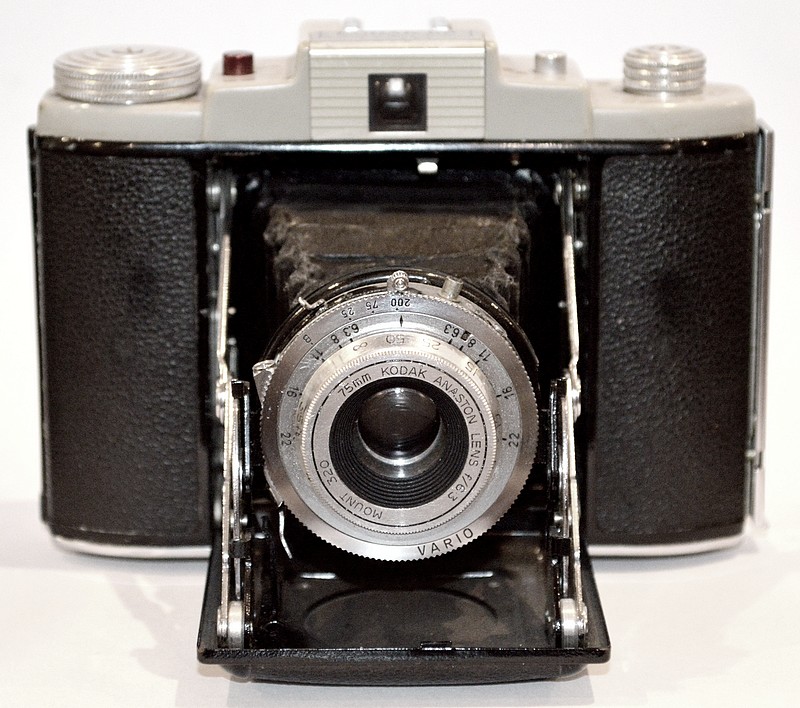
Focus is by distance, in feet only, assisted by a telescopic viewfinder: closest is at 3.5 up to 50 and infinity. My distance dial is a bit stiff but that is good, seeing that another folder I have (a Welta Weltix) has a very mobile focusing ring, and sometimes it has a mind of its own, when I accidentally touch it.
Strut wise, it is an excellent mechanism, and it extends by itself upon the push of the button. The bellows are in good condition, and I do hope they stay the same in the future, for I’ll probably never get it sent to be repaired.
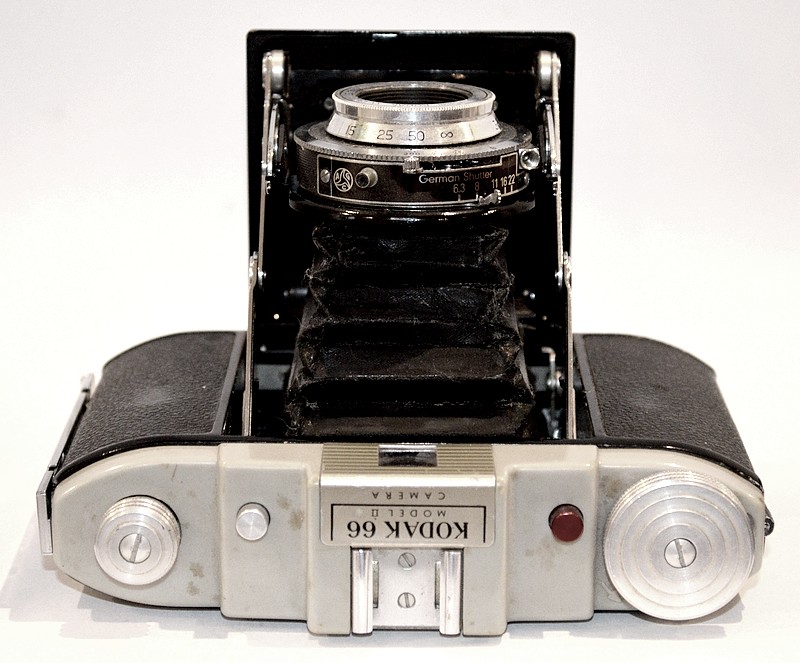
The top plate sports the release button (red), which is very comfortable. The cold shoe and strut releasing button is next to the shoe, and of course there two knobs for winding and rewinding the film. A metal plate tells you what camera you have in your hand.
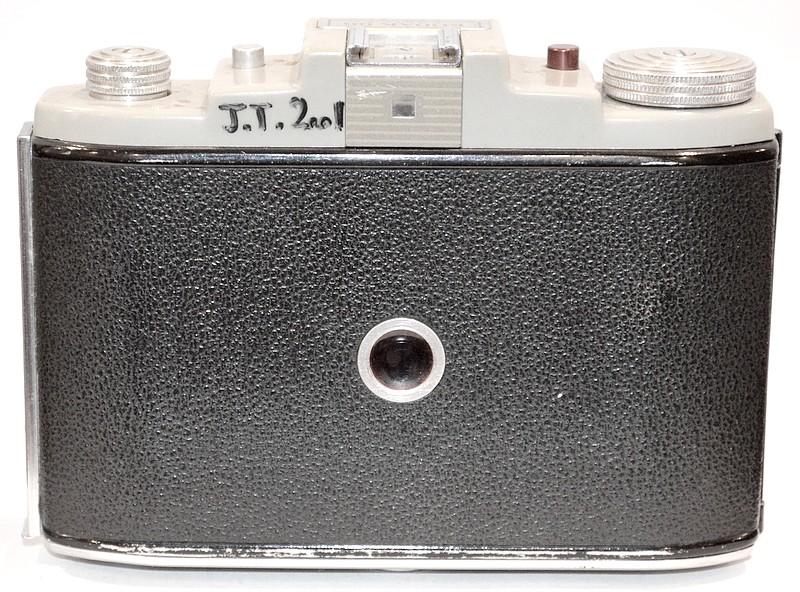
I must say this: simple as it obviously is, this Kodak 66 is a real pleasure to use. It is light, it is pocketable, it gives you 12 frames on medium format film, it has simple settings that in no way, shape or manner can obstruct you to take good photographs, with the proper film and in the right conditions of course. It has its moments and quirks, but how enjoyable it is nonetheless.
These photographs were taken with a Romanian-produced film, Azopan PS-24 (200ASA), shot at 25. The film expired in 1985 or so. The sun was really harsh that day, and some of the shots are witness to my mistakes in judging the Sunny 16 conditions. Bit of vignette, but that adds to the vintage feeling of the image, I guess. Anyways, for what is worth, some of the images I do like, some I consider sub par to what this camera can deliver, but again, whatever mistake is there, it’s mine. All in all, it was a good day, had fun (again) with this folder.
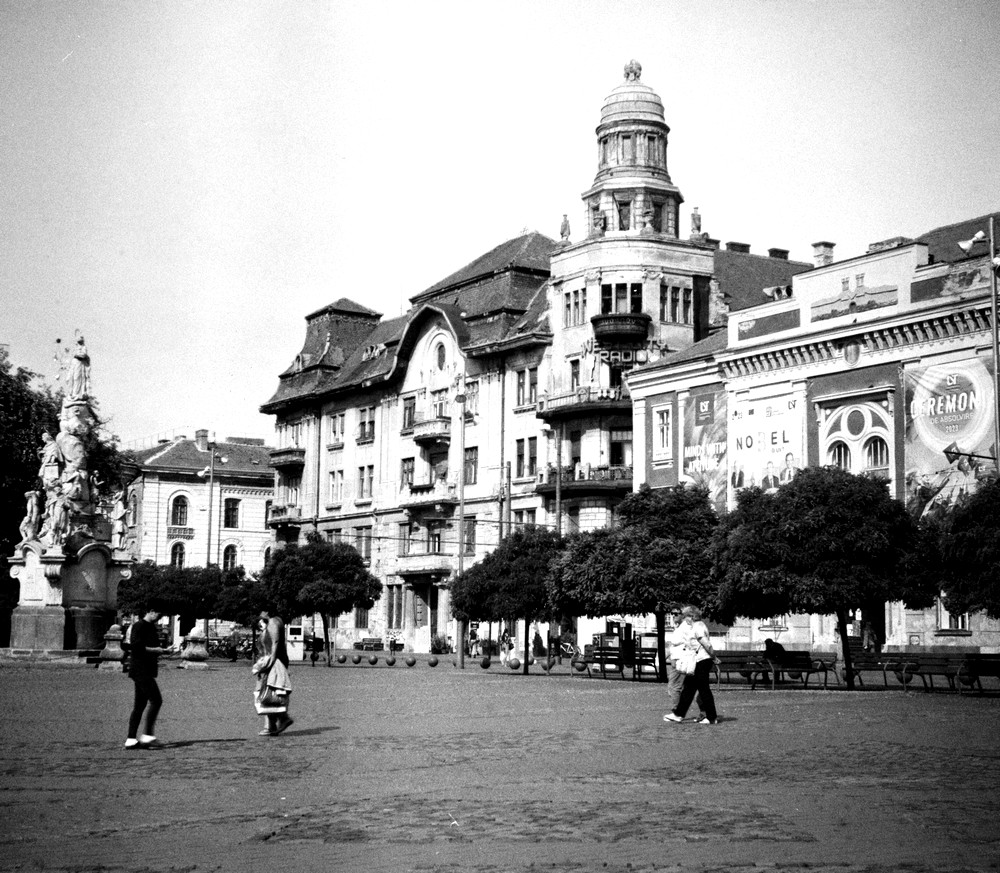
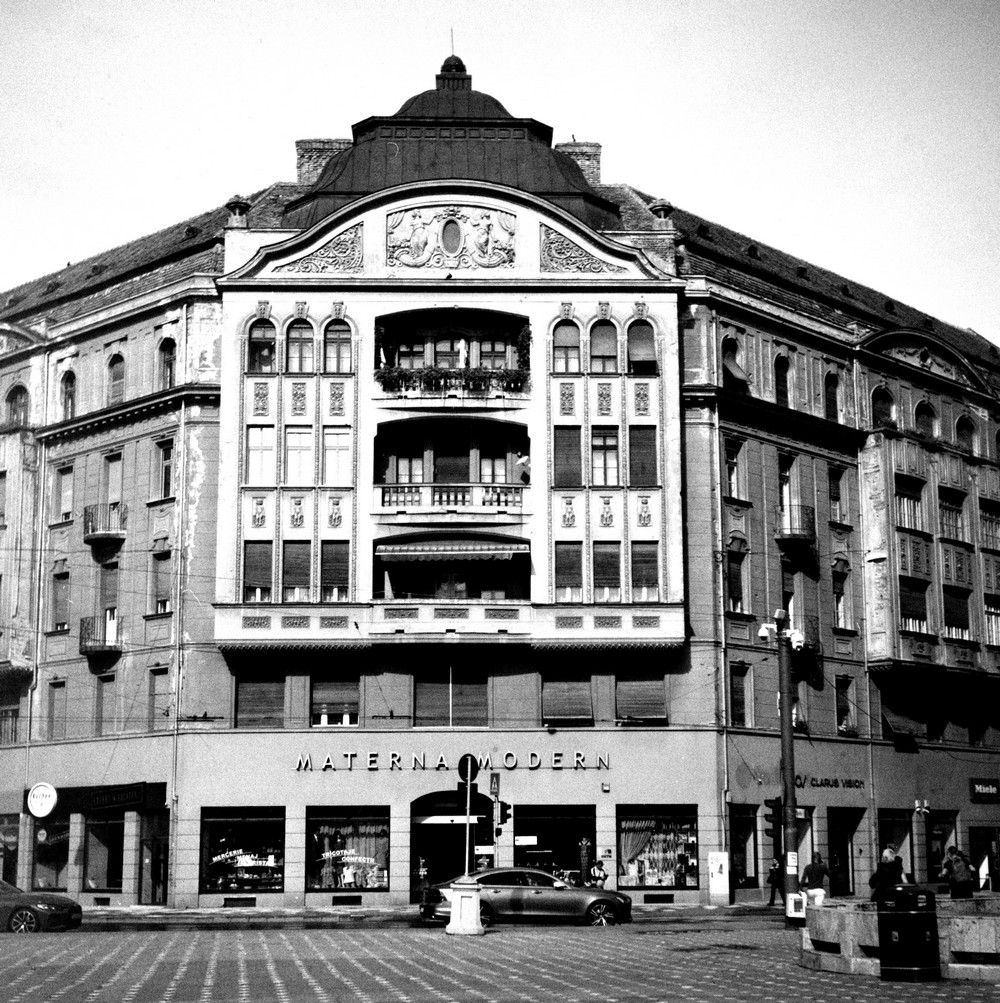
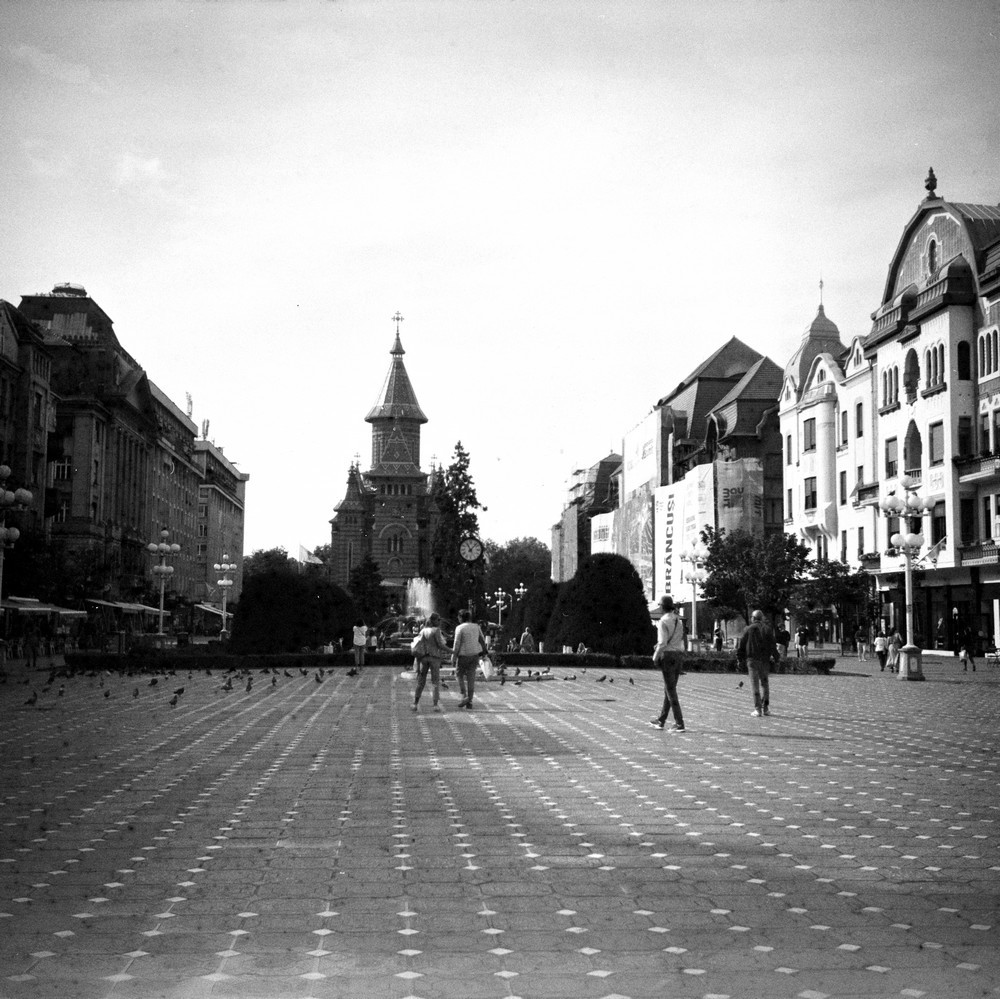
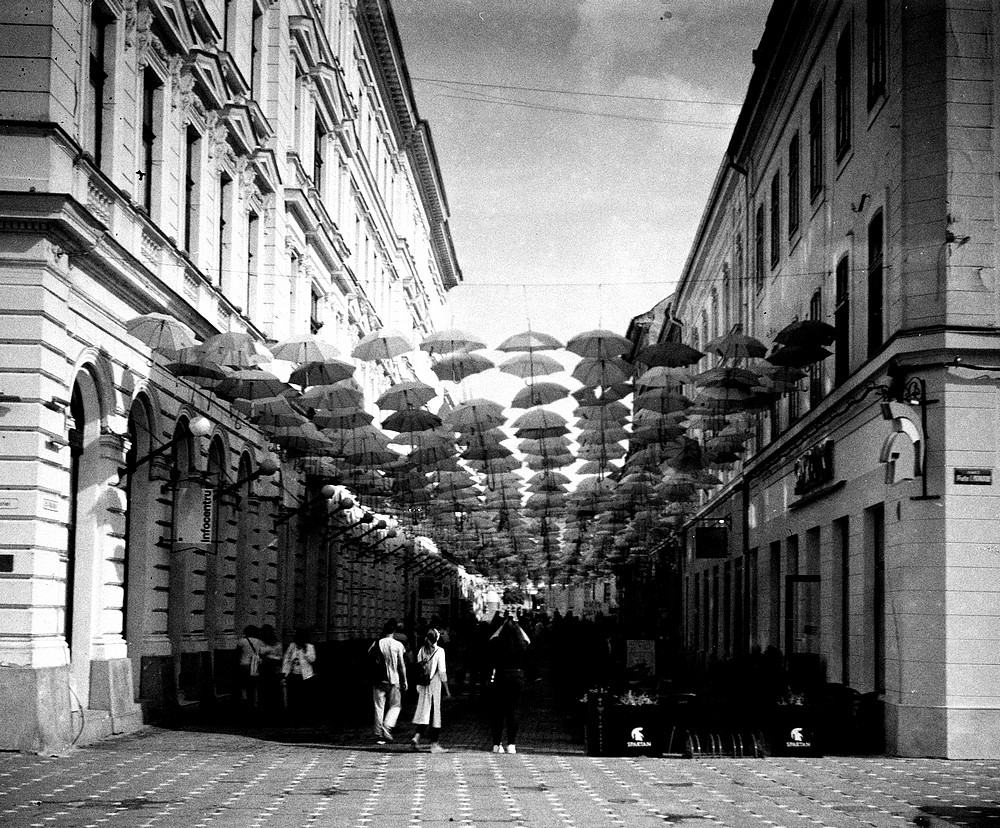
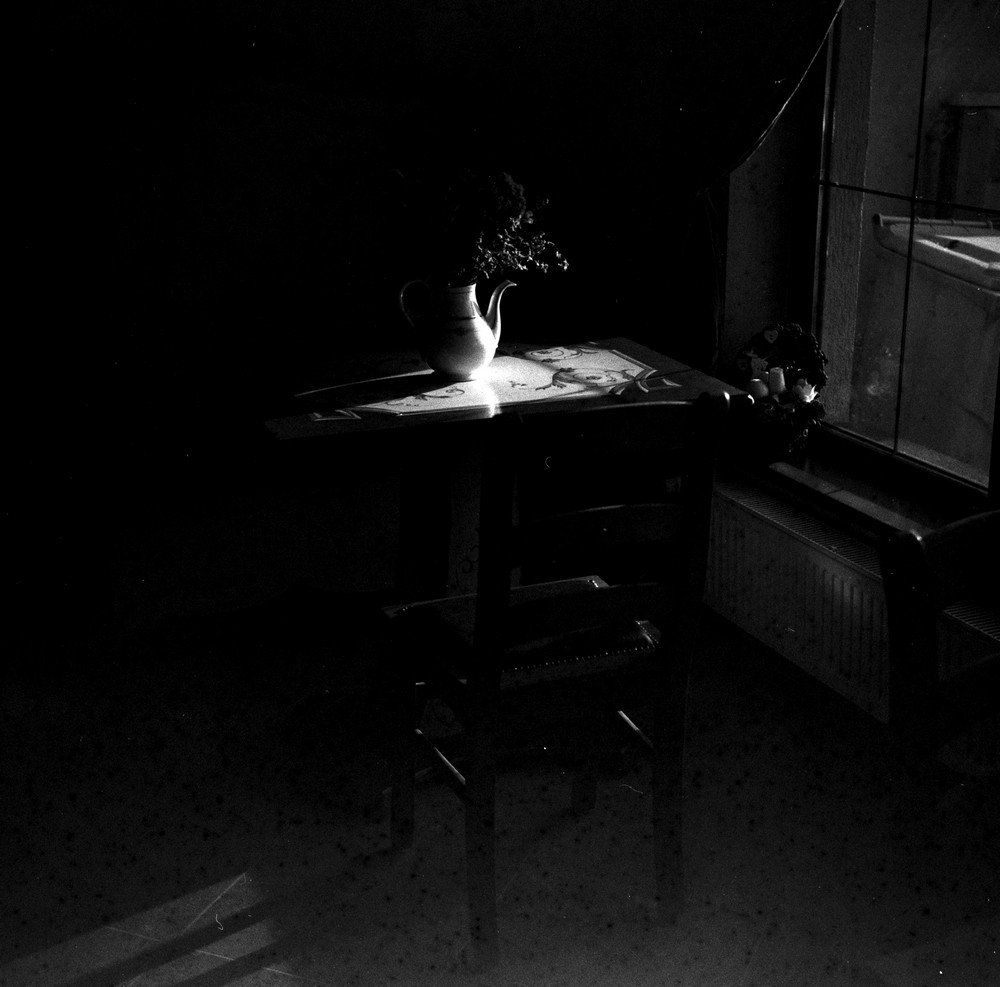
Share this post:
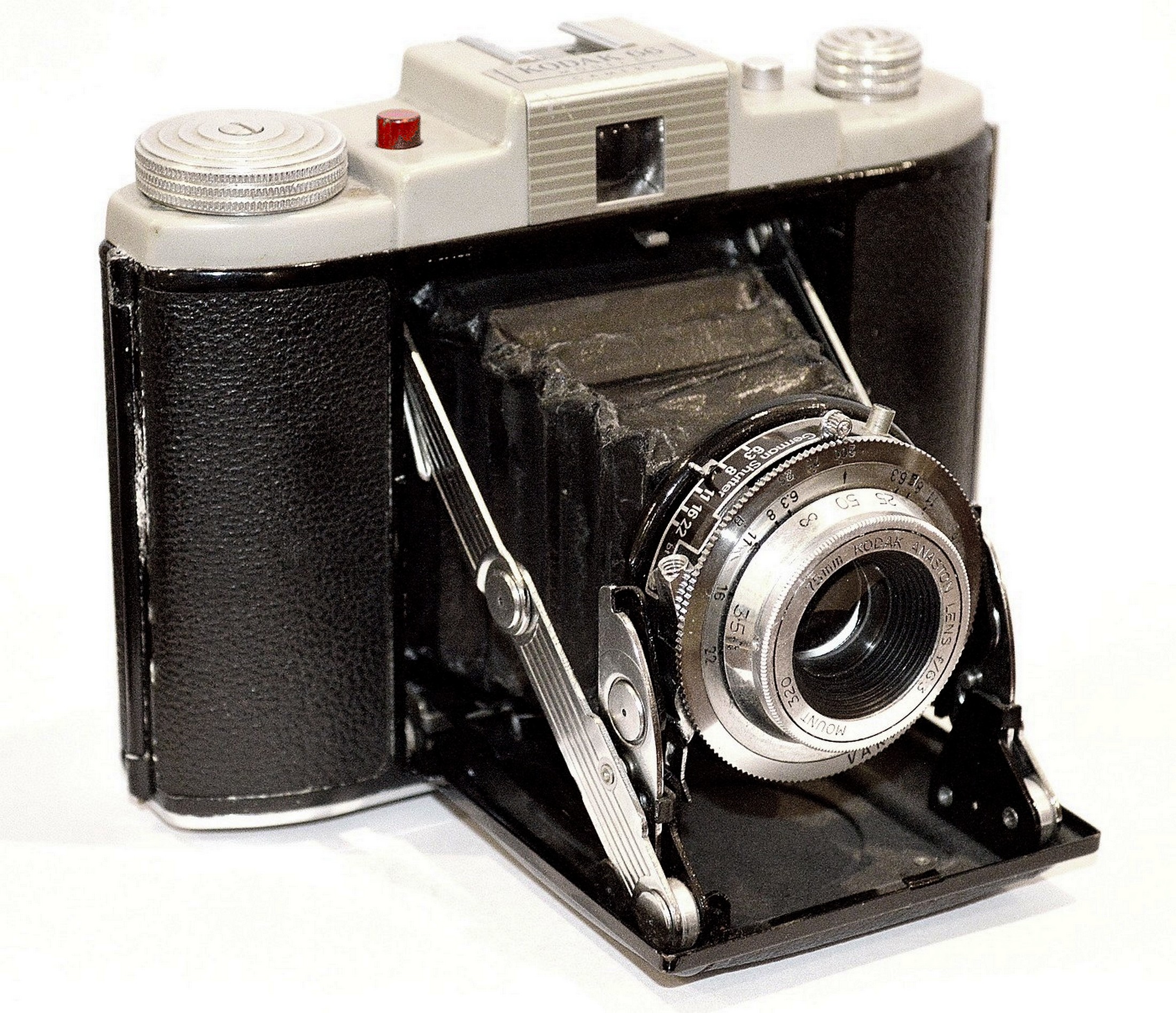
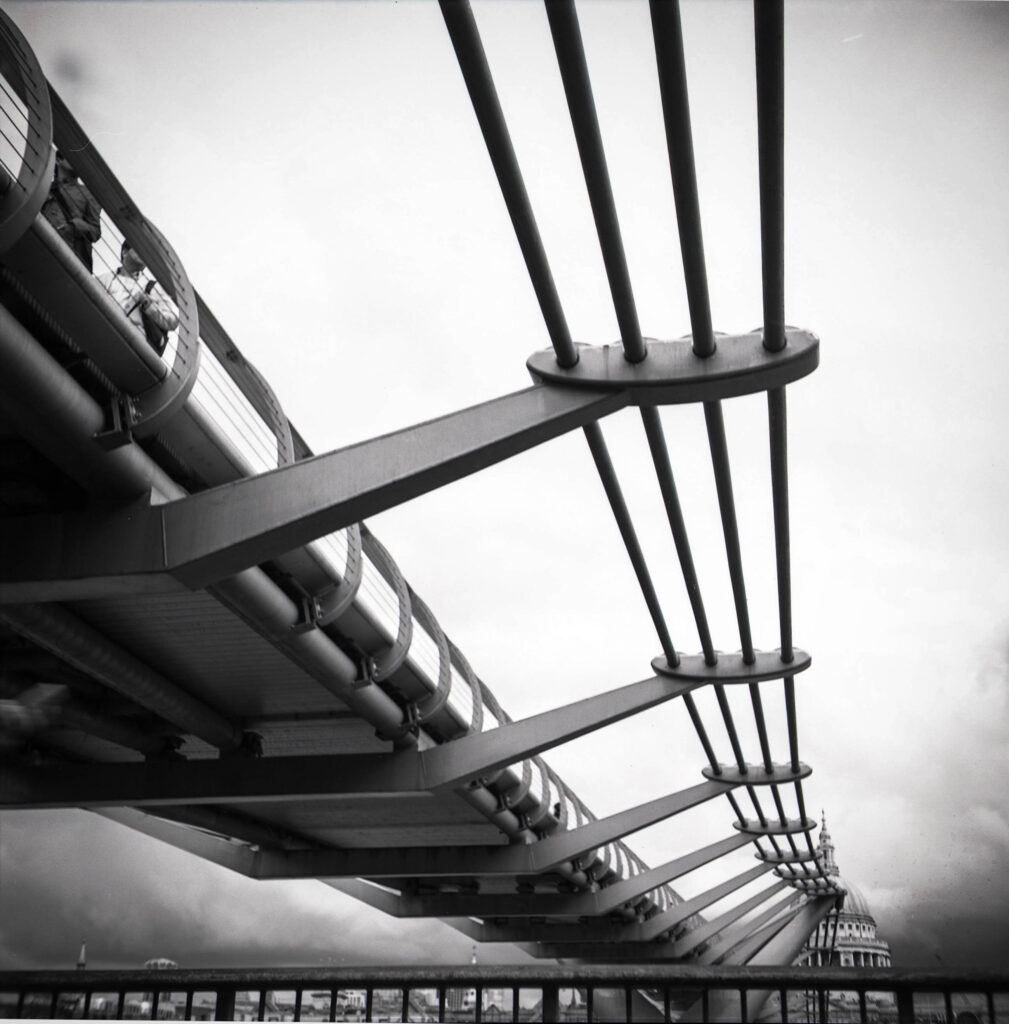
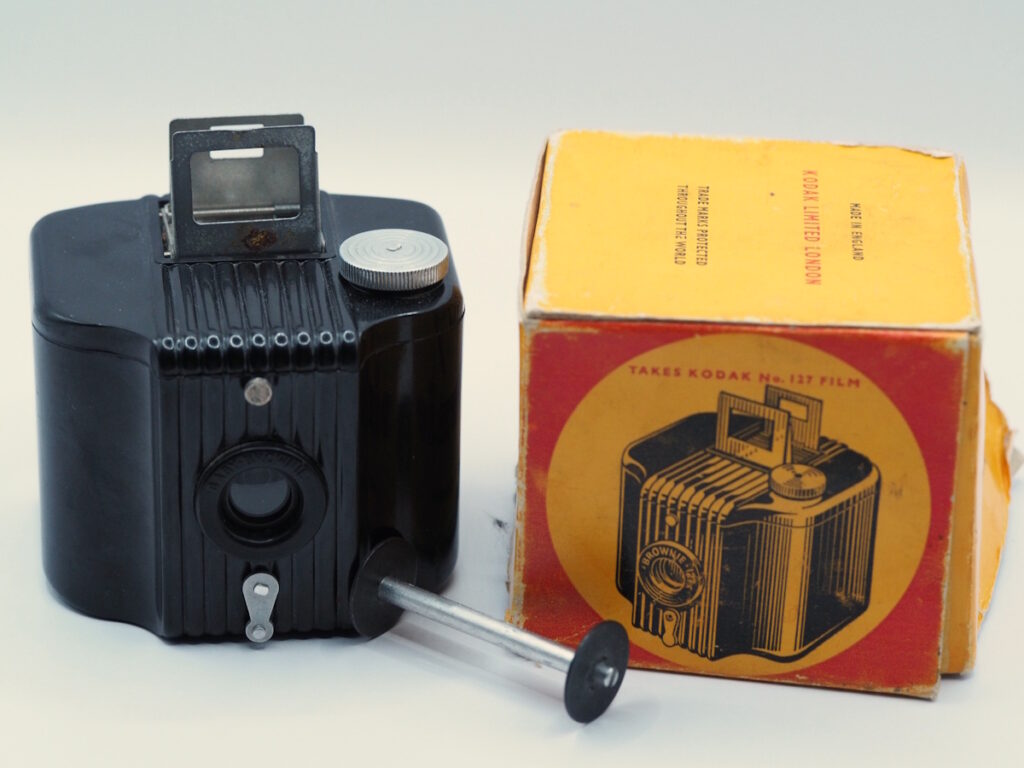
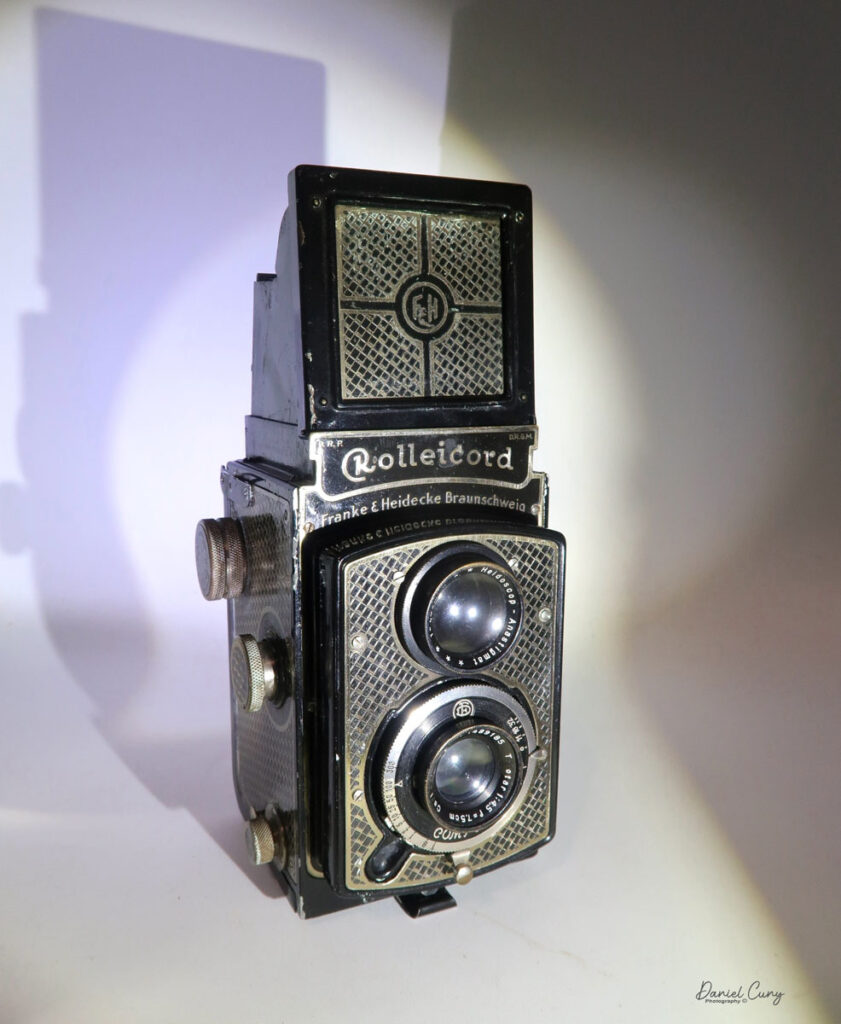
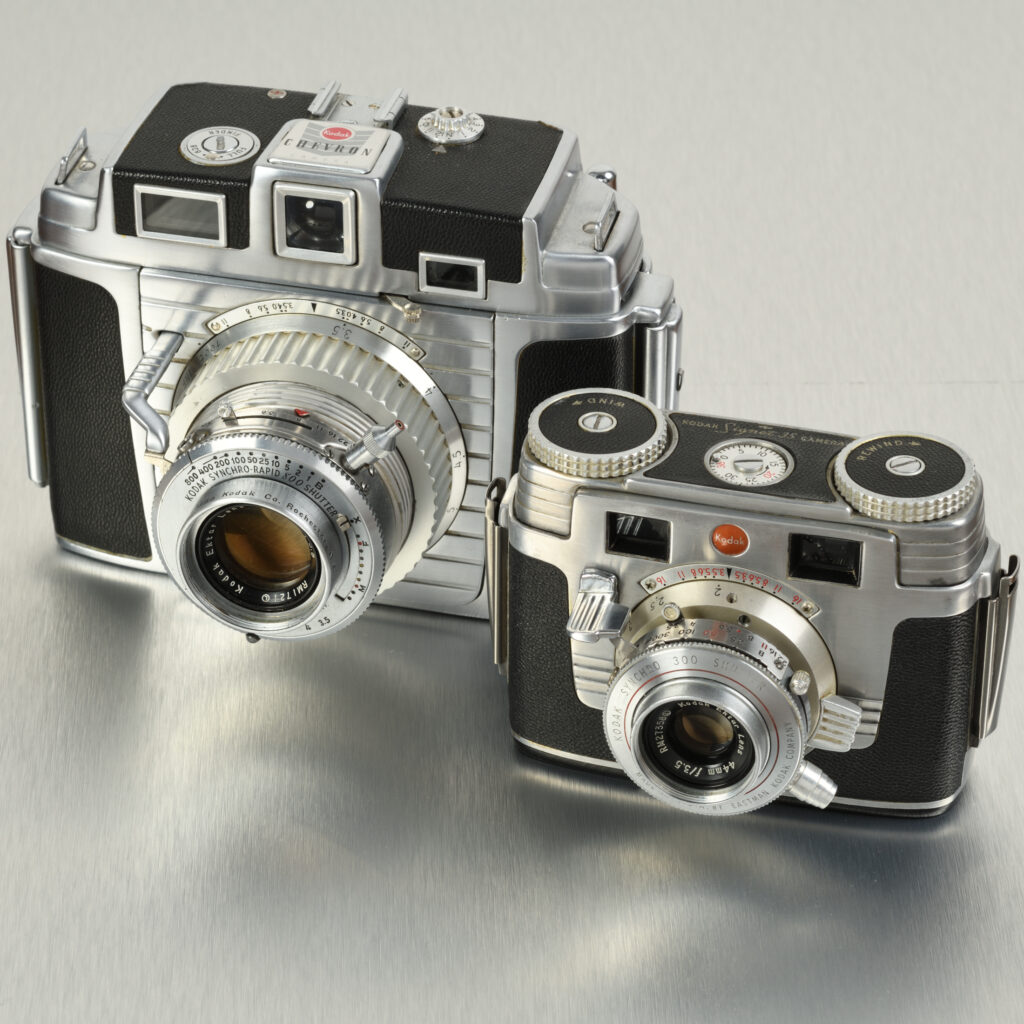




Comments
Steviemac on Kodak 66 II – a refreshingly simple 6×6 folding camera
Comment posted: 19/09/2024
Comment posted: 19/09/2024
Gary Smith on Kodak 66 II – a refreshingly simple 6×6 folding camera
Comment posted: 19/09/2024
Comment posted: 19/09/2024
Tony Warren on Kodak 66 II – a refreshingly simple 6×6 folding camera
Comment posted: 19/09/2024
Comment posted: 19/09/2024
Zheng Li on Kodak 66 II – a refreshingly simple 6×6 folding camera
Comment posted: 20/09/2024
When you said "The camera takes (obviously) 120 film", I chuckled a bit. Kodak cameras of that era were almost entirely 620 (Kodak's proprietary format to lock in profit), instead of 120. I guess only a few European/UK models like yours adopted the more locally popular 120 roll film. In the used market, hardly anybody wants those 620 folders today even though they often have good lenses.
Comment posted: 20/09/2024
Geoff Chaplin on Kodak 66 II – a refreshingly simple 6×6 folding camera
Comment posted: 20/09/2024
Thanks Julian, as always an informative and well illustrated article.
Comment posted: 20/09/2024